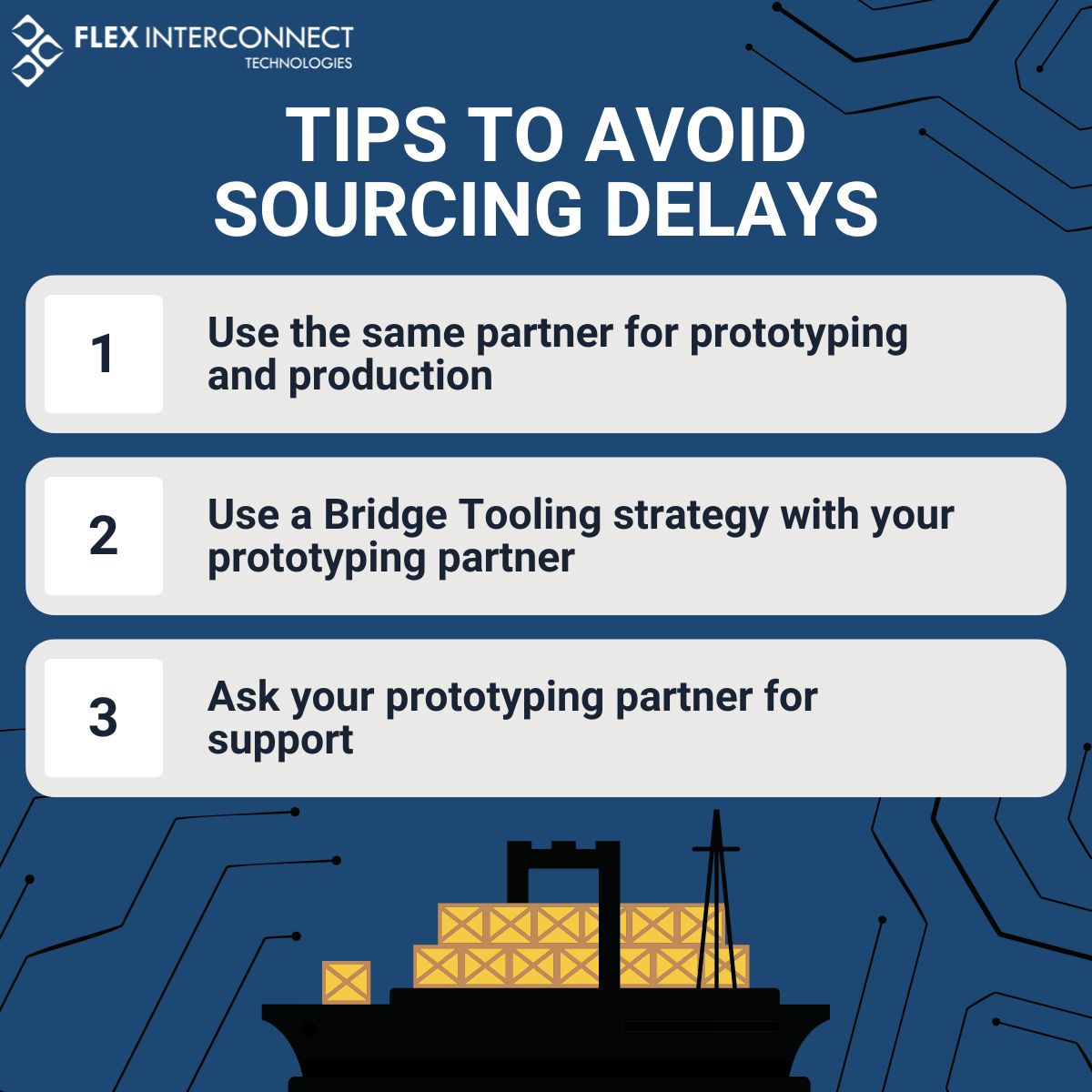Transitioning from prototyping to production can energize product teams as they prepare to share their latest creation with the world. But too often, OEMs run into costly delays during this important transition. When even one part within your assembly gets delayed, it delays the entire process.
Usually, these delays come down to common issues that can be effectively managed, if not entirely avoided. In electronics manufacturing, sourcing professionals are better than ever at securing critical components early in product development to avoid supply chain delays down the road.
But one potential cause for delays when moving to production still goes largely unaddressed: figuring out how to manufacture your part.
How your part is made matters
There’s more than one way to manufacture the same design. This is especially true in electronic assemblies, where variables in materials, fabrication, components, assembly, and more offer multiple ways to successfully produce a high-quality part that meets your project needs.
Even if materials and components stay constant, there are many steps within electronics manufacturing where different fabricators have different methods. These include:
- Material choice
- Panel sizes
- Drilling size and method
- Lamination pressure and temperature
- Etching and imaging processes
- Component placement
- Soldering method
These variations are the result of each manufacturer’s unique equipment and processes. Different manufacturing partners optimize their production capabilities in different ways, depending on their equipment and their areas of expertise.
As an example, where one fabricator might laser drill their vias, another may use a CNC mill. Both methods can deliver high-quality results. Each method offers its own, unique advantages to the manufacturer. Each method requires a different setup and different inputs. Each method offers different upstream and downstream implications that can affect how the partner manufactures the final product.
Unique Strategies for Each Partner
When you’re prototyping new circuits, your partner’s manufacturing engineers will put together a strategy on how, given your requirements and their capabilities, they can successfully manufacture your part.
If you use a different partner for production, they will likely have different capabilities. Your production partner may need to start over, coming up with a new strategy to manufacture your part based on their unique capabilities.
This is where OEMs can run into unexpected delays in their go-to-market schedules. Depending on the complexity of their design, their production partner may require weeks to arrive at a successful, reliable strategy for manufacturing a new part. And that time often goes to addressing manufacturing challenges that your prototyping partner has already solved.
It’s true that a relatively simple design probably won’t take long for a partner to figure out how to produce. More complicated designs, or those with particularly challenging features, might take longer. A rigid-flex design with multi-layer loose-leaf features and tight, serpentine routing running on the surface of both the rigid and flex parts of the circuit may take a week or more to arrive at a successful, reliable manufacturing strategy.
How to avoid delays
Fortunately, there are best practices to help you avoid delays and get to market as quickly as possible.
- Use the same manufacturing partner for prototyping and production. When you use the same partner throughout the lifecycle of the product, you can guarantee consistency in the output. A single partner likely has analogous capabilities between their prototyping and production facilities and can share their manufacturing strategies across their teams.
- Use a Bridge Tooling strategy with your supply chain. Knowing that there may be delays from your production partner, work with your prototyping partner to provide you with your production parts on a short-term basis, until your production partner can deliver.
- Ask your prototyping partner for support. If you think your circuit might be difficult for your production partner to figure out how to manufacture, ask your prototyping partner for support. Many are willing to share their manufacturing strategies with your production partner to help ensure your success.
Don’t let manufacturing challenges hinder your go-to-market schedule. Reach out now to optimize your production process and accelerate your path to success!


